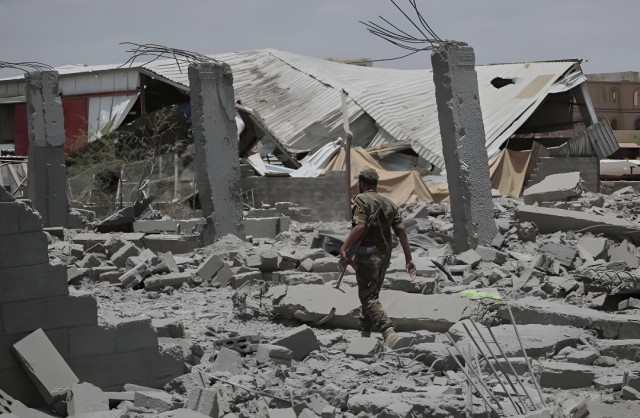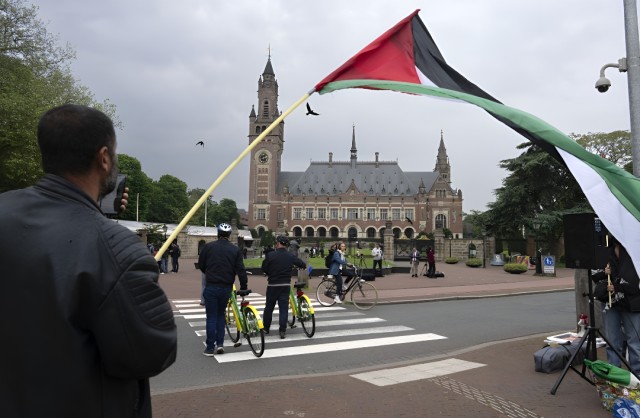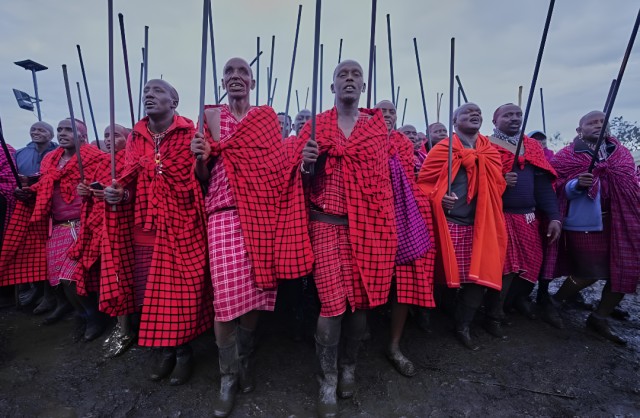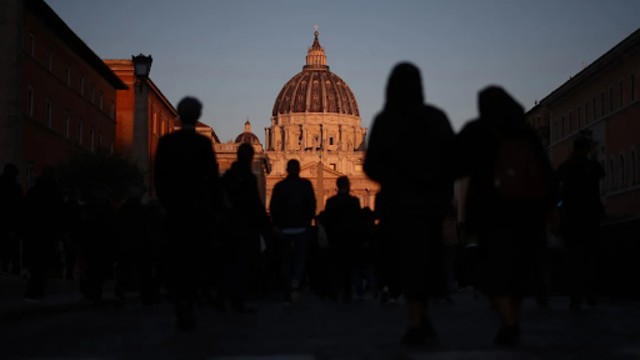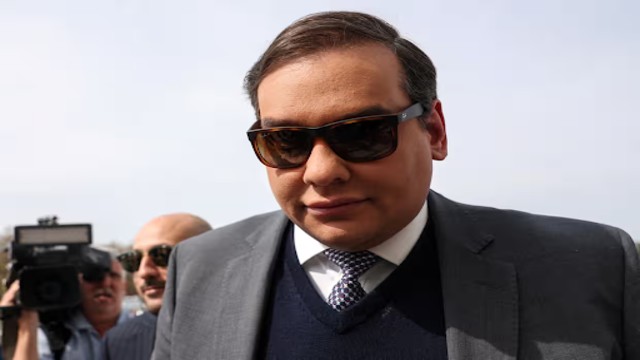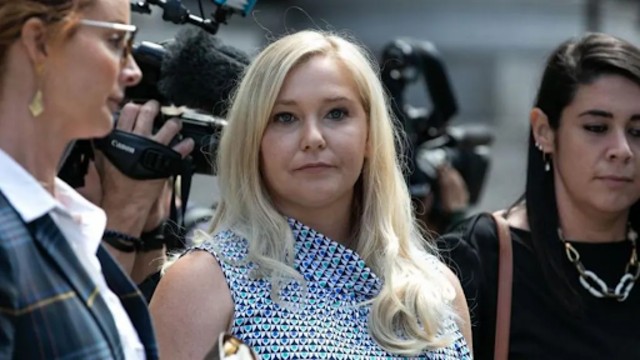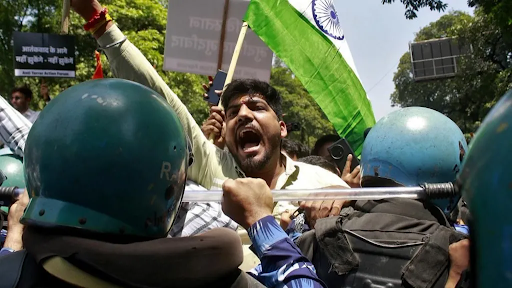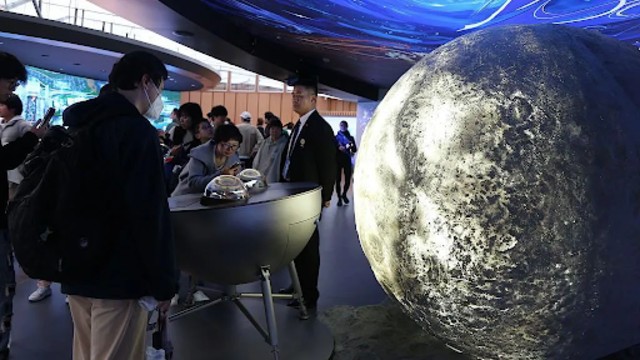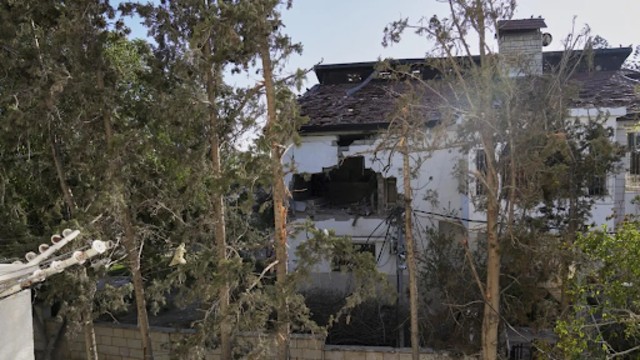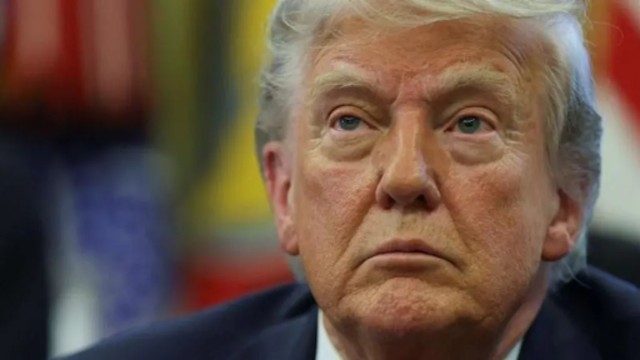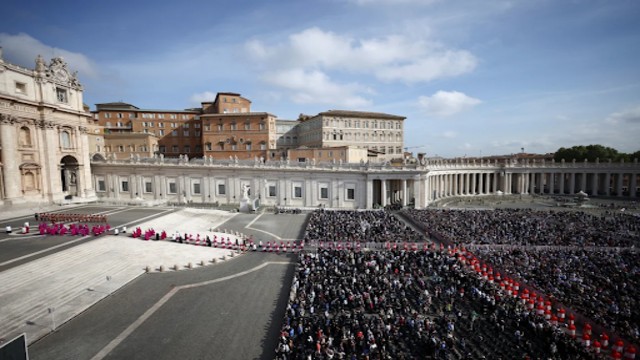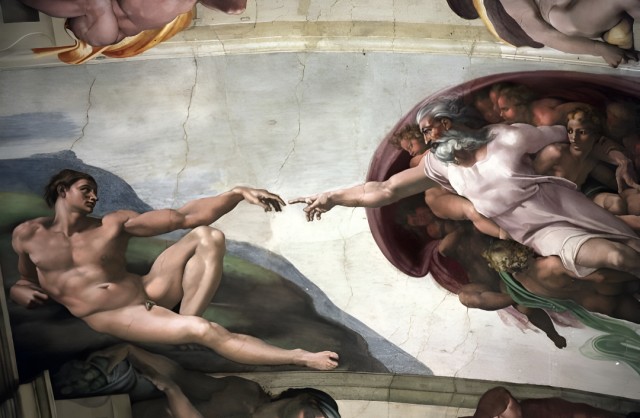
This Dec. 10, 1999 file photo shows Michelangelo's fresco "La Creazione" ("The Creation") on the ceiling of the Vatican's Sistine Chapel. (AP Photo)
A Final Glimpse for Tourists of Sistine Chapel
On Sunday, lucky visitors managed to enter the chapel before it shut its doors indefinitely. Many felt fortunate to witness the iconic masterpiece just in time. “Our trip would not have been complete without seeing this beautiful place,” said Sumon Khan, a tourist from the United States.
After a grand funeral at St. Peter’s Square and the burial of Pope Francis, the Vatican remains in a nine-day mourning period. Only after this traditional time of reflection will the conclave begin.

Ancient Traditions Take Centre Stage
Church law dictates that the conclave must start after mourning ends. Officials expect it to commence between May 5 and May 10. The process will be steeped in tradition, with red-robed cardinals entering the Sistine Chapel under the guidance of the Holy Spirit.
One of the first tasks is installing the iconic chimney. Here, the color of the smoke will signal the progress of the election. Black smoke means no decision yet, while white smoke and tolling bells will announce the new pope.
Sacred Art and Deep Reflection
As the cardinals gather, they will be surrounded by the breathtaking frescos of Michelangelo. The “Creation of Adam,” with God reaching out to impart life to man, will serve as a powerful backdrop.
The chapel, named after Pope Sixtus IV, was later adorned
by Michelangelo under Pope Julius II’s commission between 1508 and 1512. His later work, "The Last Judgement," dominates one wall.
The ceremony will begin with the chanting of the Litany of Saints, a solemn Gregorian prayer seeking divine guidance. As the final chant ends, the master of liturgy will declare “Extra omnes” — meaning "everyone out" — and seal the chapel doors.

Choosing the Future of the Church
This secretive and sacred process aims to protect the election from outside influence. The decision ahead is crucial: cardinals must choose between continuing Pope Francis’ reforms focused on the poor, the environment, and inclusivity, or returning to a more conservative doctrine like that of Benedict XVI.
The world will watch and wait, eyes on the Sistine Chapel’s chimney, for the moment history is made once again.


